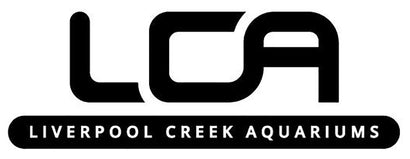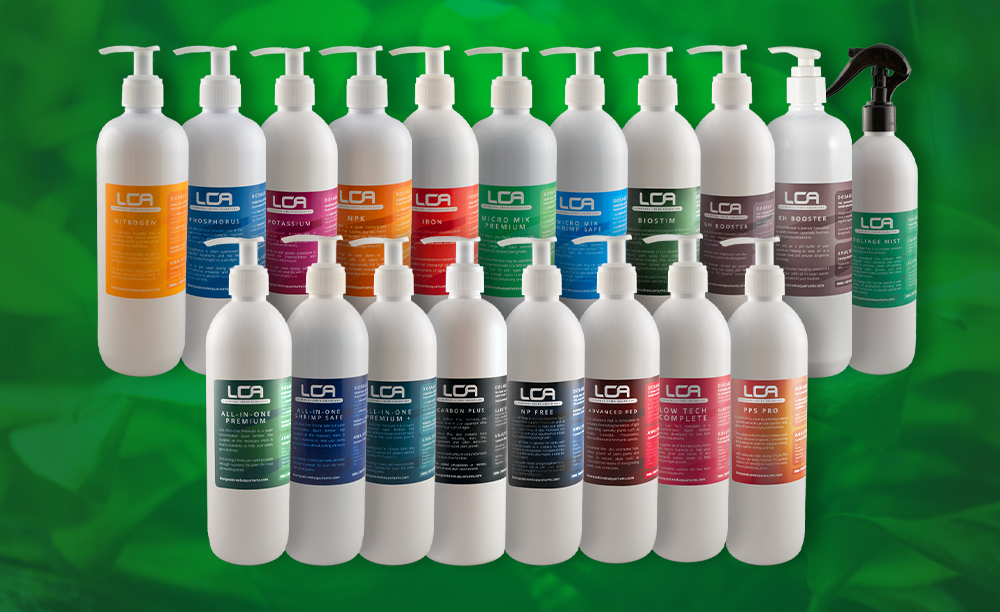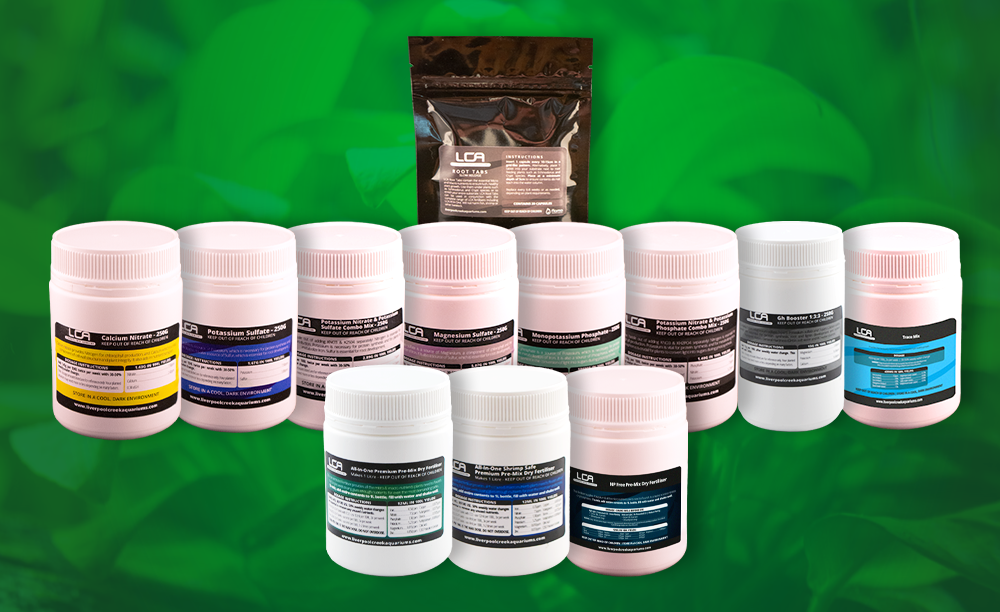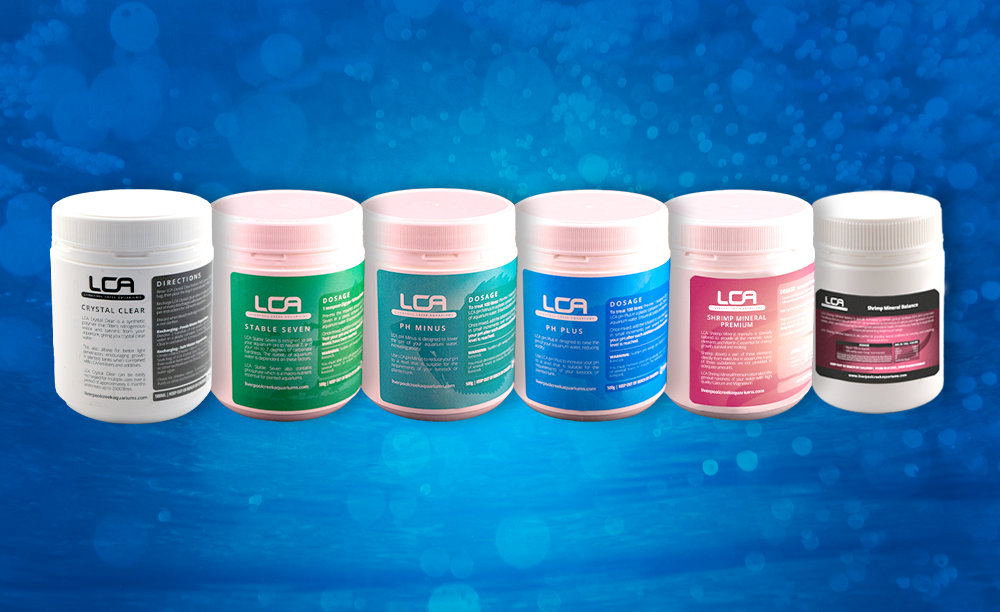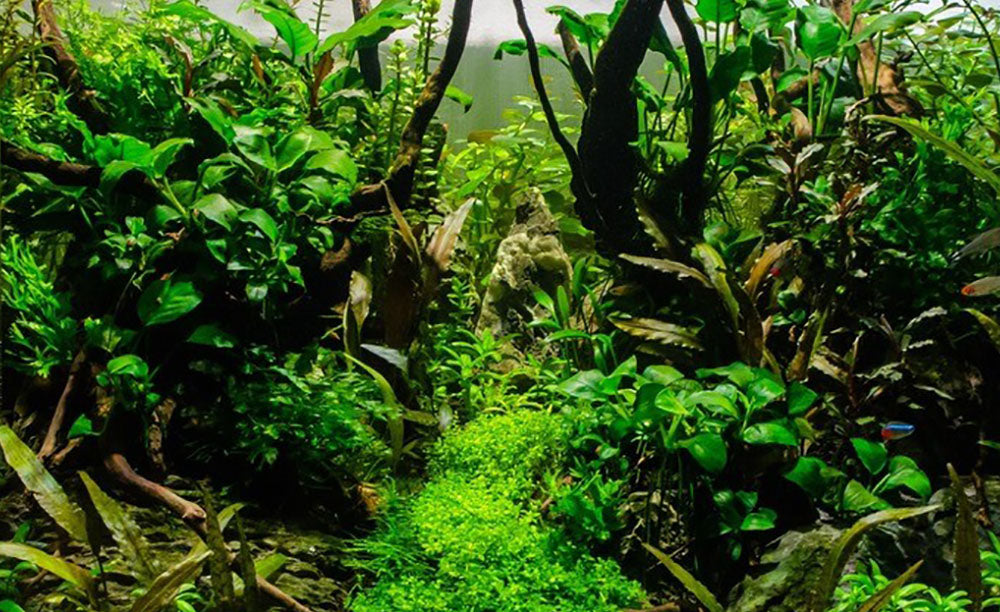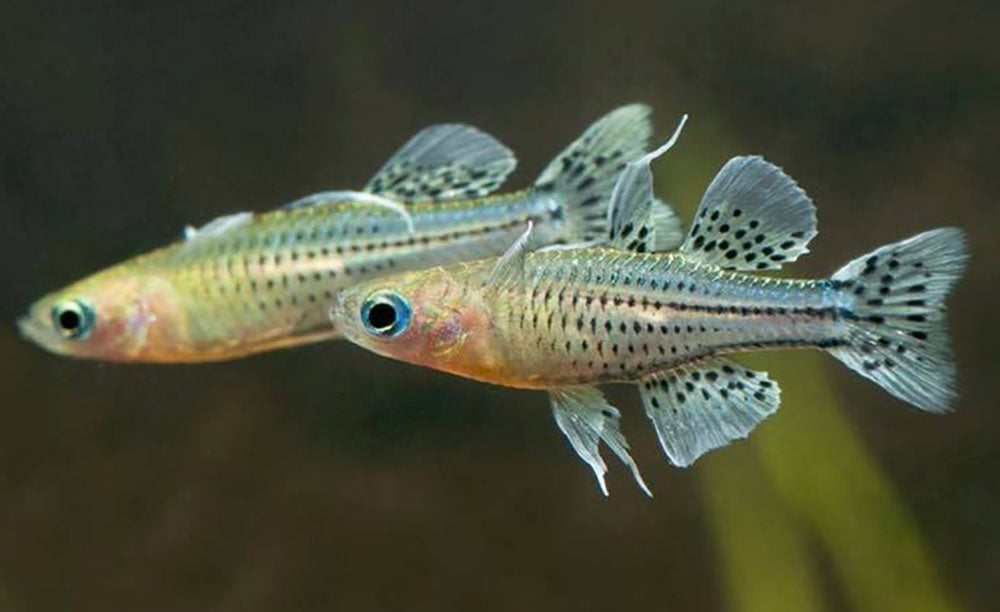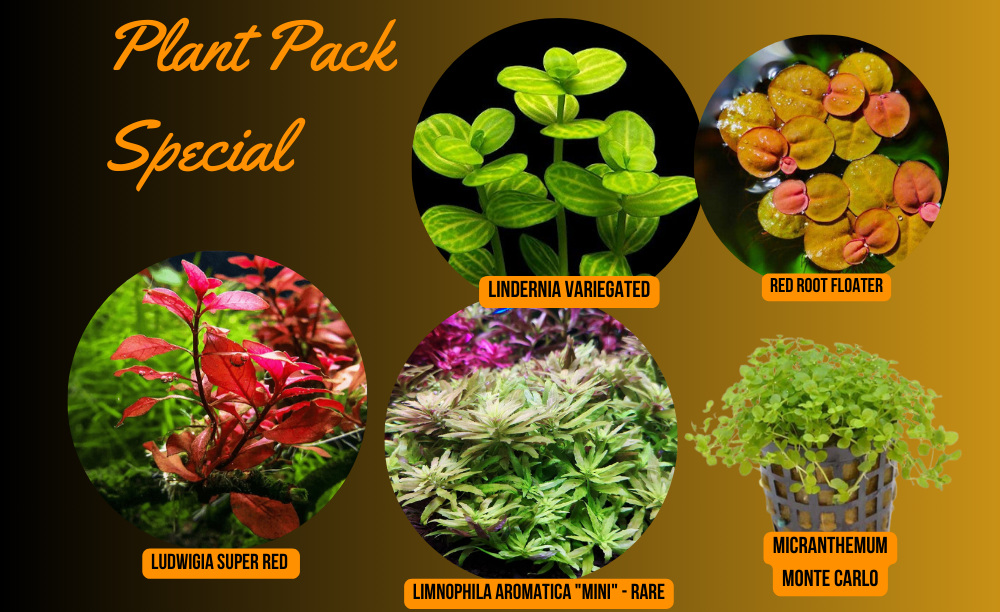Your Cart is Empty
*******FREE SHIPPING FOR ORDERS OVER $200*******
submit your order by 11.59 am Sunday morning for same week delivery
*******FREE SHIPPING FOR ORDERS OVER $200*******
submit your order by 11.59 am Sunday morning for same week delivery
Store
SPECIALS / PLANT PACKS
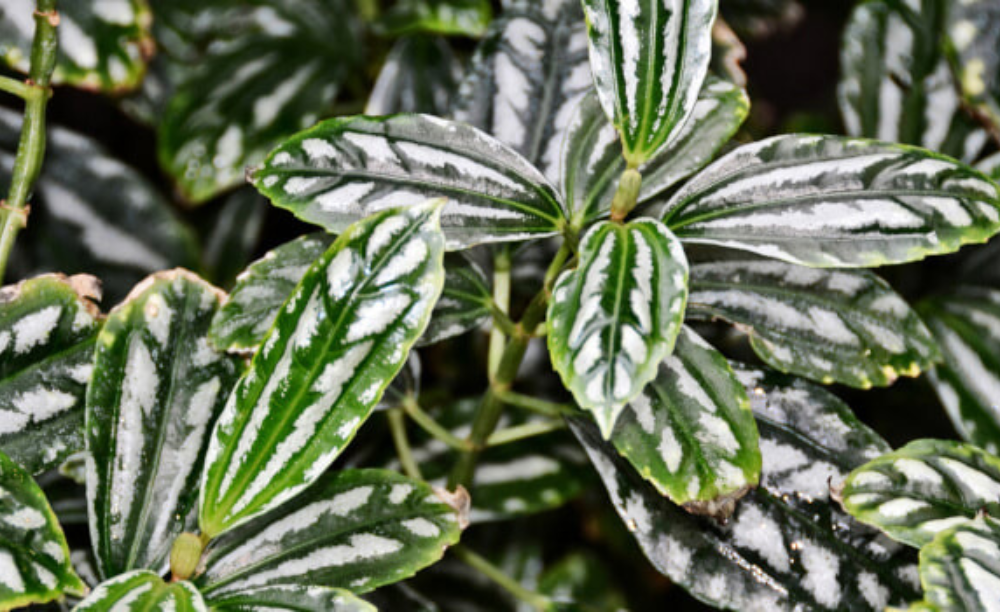
Avoiding Non-Aquatic Plants
4 min read
Avoiding Non-Aquatic Plants
It’s a common mistake for beginners. You buy an attractive plant from the pet shop, bring it home and plant it in your aquarium, only for it to start rotting away over the course of a week or two. You assume you’ve done something wrong and try again, only to have the plant die again – so frustrating!
The fact is that many pet shops sell plants that are not aquatic species alongside those that are. The non-aquatic plants will always die when placed submerged in water, sometimes quickly, sometimes over a few weeks.
Most of the time, these pet shops simply don’t know any better and assume the plants are aquatic. Sometimes these plants are sold as “marginal” plants, or “temporary display plants”.
Many of the non-aquatic plants mistakenly sold as such are found in nature growing in boggy areas, or in constantly moist soil next to bodies of water. These are marginal plants. They’re great for terrariums and paludariums or anywhere a majority of the plant can grow above the water’s surface.
Others sold as temporary display plants are often standard terrestrial plants that won’t survive being submerged long term, and usually won’t tolerate their roots being constantly wet either.
This article will look at some of the most commonly sold non-aquatic plants and suggest great true aquatic alternatives.
Identifying Non-Aquatic Plants
There are some dead giveaways to look for when shopping at your local store for aquatic plants. Generally, anything grown in a regular store tank that is displaying very colourful, highly variegated leaves is likely to be non-aquatic.
The leaves of non-aquatic plants tend to have a shiny or waxy appearance, and may be thicker, or have deeply textured leaves, or finely pointed tips that curl downward. All of these features are designed to channel water away from terrestrial leaves.
Finally, if you have the opportunity to see the plant out of the water, non-aquatic plants will usually be able to stand up unassisted, whereas aquatic plants will usually droop a little (or a lot!). Terrestrial plants have tougher stems as they’re adapted to the conditions above water.
Commonly Sold Non-Aquatic & Marginal Plants
Aluminium
The plant commonly sold as Aluminium has deep green leaves with serrated edges and a striking silvery pattern on the leaf surface. This unusual appearance makes it very popular with beginners.
Unfortunately this plant is actually the terrestrial “Pilea Cadierei”. It may grow with just its roots in water and the rest of the plant above the surface, but prefers well drained soil.
Aquatic plant substitute: Echinodorus “Ozelot” or “Marble Queen” are both true aquatic plants that grow with striking variegated leaves.
Japanese Rush / Variegated Rush / Dwarf Rush / Green Rush
Rush plants have long, thin and waxy pointed leaves that grow vertically in small grass-like clumps.
All varieties of “rush” plants sold in stores are marginal plants, not aquatic, and will only survive long-term if most of the plant is able to grow above the water’s surface.
Aquatic plant substitute: Valisneria “nana” grows long, thin, ribbon-like leaves that are similar in appearance to taller rush plants. Blyxa japonica is another option that grows much shorter than Valisneria and in tight, bushy clumps. Some Eriocaulon species also have a similar appearance to rush plants.
Caladium
Caladium plants display colourful, elephant-ear shaped leaves on long stems. The leaves are primarily a mix of green with red or white variegated markings.
Most species of Caladium are not marginal plants, and the few that are will grow very large if placed with their roots submerged in aquariums.
Aquatic plant substitute: Nymphaea lotus, or “Tiger Lotus” grows similarly shaped leaves and can achieve deep red variegated colouration in ideal conditions.
Parlour Palm
Parlor palm is often sold as a seedling, and essentially has the appearance of a small palm tree. It is not aquatic or marginal and prefers to grow indoors in well-drained soil, where it can grow quite large – up to 5 metres tall!
Aquatic plant substitute: Hygrophila pinnatifida is probably the most “palm” like true aquatic, growing slender heavily serrated leaves that point diagonally upright or even Hyptis lanciniata.
Lucky Bamboo
Lucky bamboo is actually a variety of Dracaena. It looks very similar to bamboo, growing a thick bamboo-like stalk with pointed green leaves sprouting from it. It is an interesting plant, as while not aquatic, can be planted in your aquarium as long as the leaves are above the water’s surface. If planted in this way into a reasonably nutritious substrate, Lucky Bamboo will survive long term and often thrives.
Aquatic plant substitute: Not required, provided it is planted with leaves out of the aquarium it can survive.
Fittonia “Nerve Plant”
Fittonia grows small, oval-shaped deep green leaves with vibrant pink or white vein-like variegation. It is not aquatic but will grow with just its roots submerged and is great for paludariums, ripariums or wabi-kusa.
Aquatic plant substitute: Hygrophila polysperma "Sunset" displays striking bright white to pink veins on pointed pink to reddish leaves in ideal conditions.
Purple Waffle / Purple Temple / Mauve Stricta
Although named differently, these plants are most commonly a variety of Hemigraphis, a terrestrial plant. It displays serrated leaves displaying grey-green to green colour on top and pink to purple underneath. Not aquatic or marginal but may tolerate having its roots wet.
Aquatic plant substitute: Hyptis lorentziana has a very similar appearance and colouration in ideal conditions.
Peace Lily
Also known as Spathiphyllum or “Spath”, Peace Lily is a popular terrestrial plant with waxy deep green leaves and an unusual flower, prized for its ease of care and attractive appearance.
It will not survive submerged, but will absolutely thrive with its roots submerged in nutrient-rich aquarium water.
Aquatic plant substitute: There are many varieties of Anubias that are very similar in appearance to Peace Lily and even flower in the same way, just smaller.
Syngonium
Very similar in appearance to Caladium but with generally less vibrant leaf colouration. The variety sold in pet shops usually has a pink leaf surface.
Syngonium will survive with just its roots submerged and may thrive in these conditions as well.
Aquatic plant substitute: As with Caladium, Nymphaea lotus, or “Tiger Lotus” grows similarly shaped leaves and can achieve deep red variegated colouration in ideal conditions.
Hemigraphis Repanda “Dragon’s Tongue/Flame”
Dragon’s Tongue displays long, pointed leaves with serrated edges that are green to dark green on top and pink to purple underneath. It is not aquatic but will likely survive long term with only its roots submerged in marginal-like conditions.
Aquatic plant substitute: There is a purple variety of Aponogeton Crispus which has a similar leaf shape and colouration to Hemigraphis repanda but it is much more rare and therefore less common than the standard green version. Easier to find alternatives include Hygrophila pinnatifida and Alternanthera Reineckii.
Subscribe
Sign up to get the latest on sales, new releases and more …
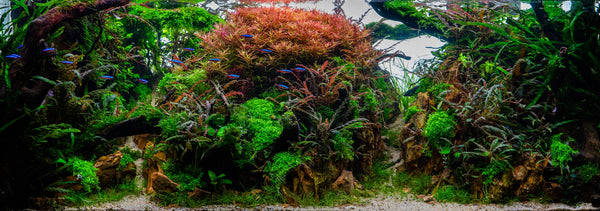
Join Us
Join our Facebook group and benefit from the knowledge of
Australia’s largest community of planted aquarium enthusiasts!
